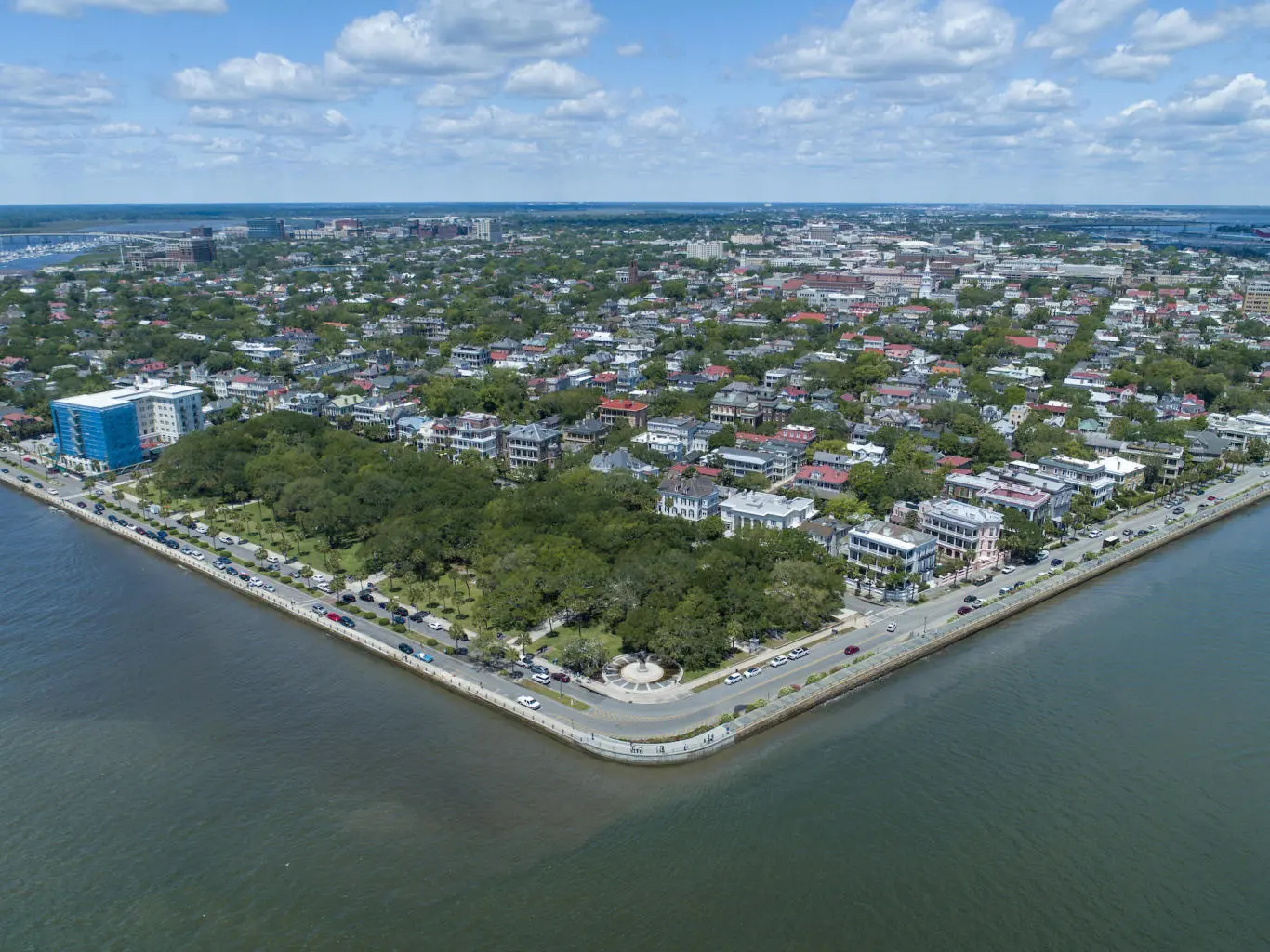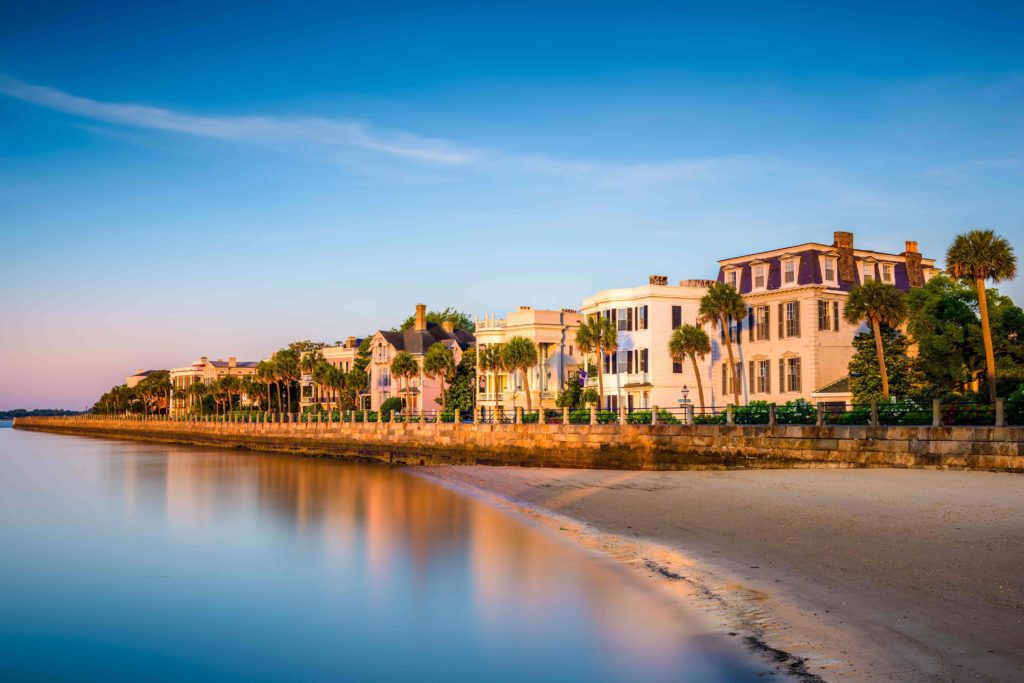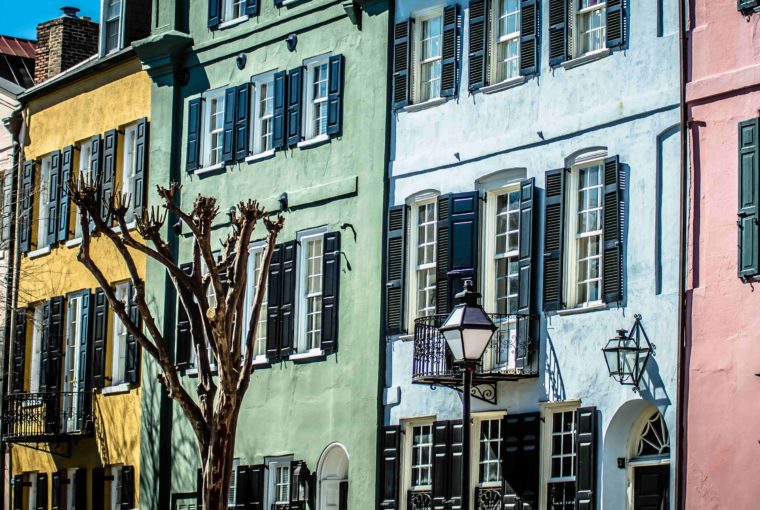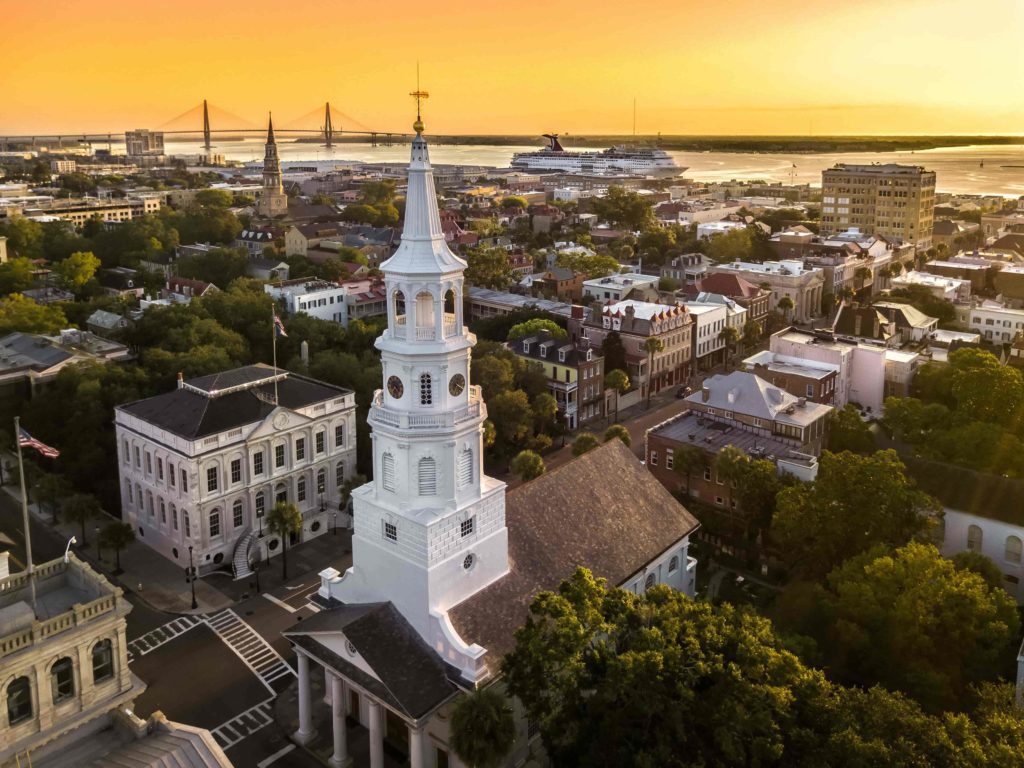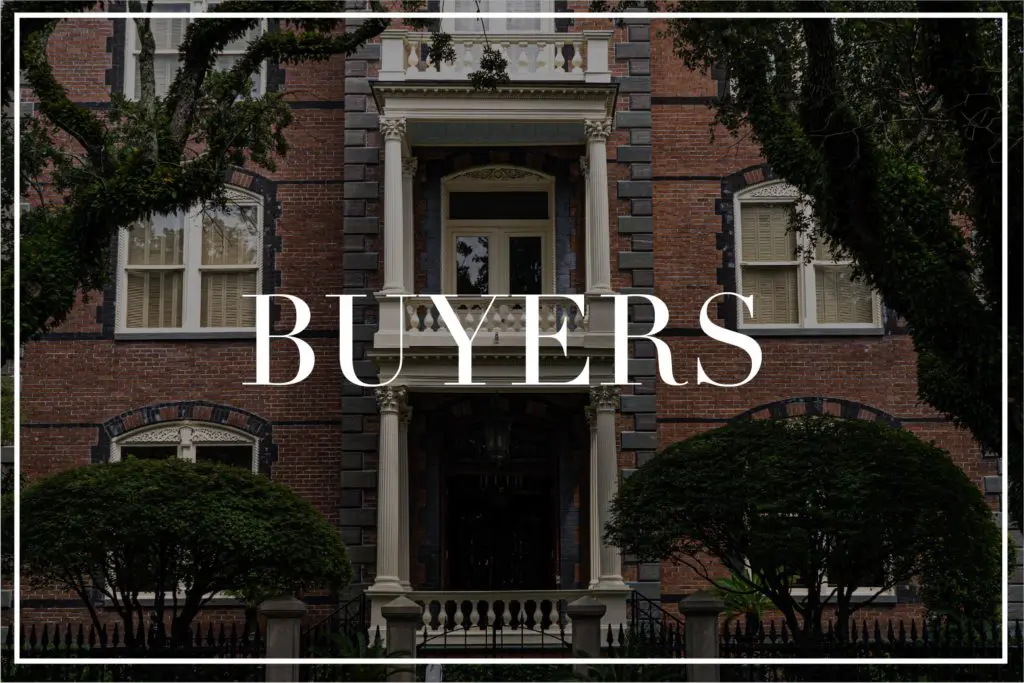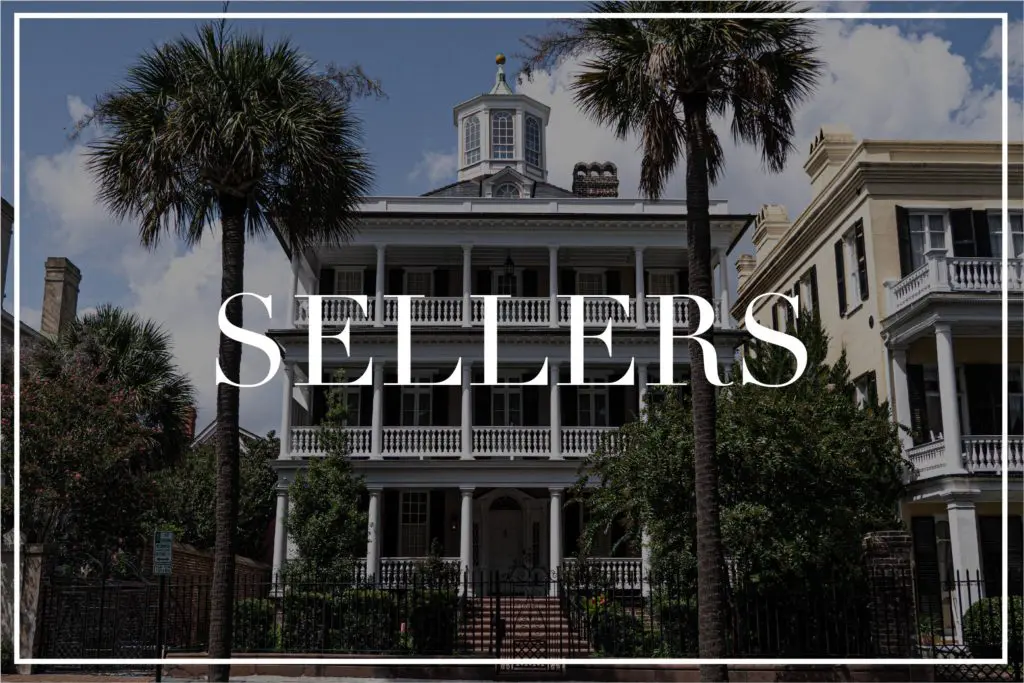Oyster Point Real Estate Group
We are a real estate firm specializing in off-market commercial and residential properties, especially luxury properties in the historic South of Broad neighborhood. With decades of collective experience in Charleston’s luxury real estate market and strong relationships with many property owners, we are well-positioned to help you achieve your real estate goals.
What Is “Oyster Point” Exactly?
Oyster Point is the name of the peninsula upon which modern Charleston exists. Its history goes back centuries, and is home to well over a hundred thousand citizens today. It’s also where we live, work, and help individuals, businesses, and families find the best Charleston real estate.
The History of Oyster Point & Charleston, SC
Originally settled in 1670...
additional settlers arrived from Barbados in February 1671. By 1672, the expanding settlement recognized the advantages of relocating across the river on the peninsula land called “Oyster Point” because of the mounds of opened and discarded oyster shells left there by the Kiawah Indians. This land soon attracted settlers because of its strategic location between the Cooper and Ashley Rivers. By the late 1670s, Proprietors hoped to avoid European cities’ narrow, twisting streets by using the classical continental street plan. Charles Town became the first American city to use city planning where streets were laid out in “broad and….straight lines.”
Local representatives communicated...
to the Lords Proprietors of Carolina in England, the people here generally preferred the site at Oyster Point. In December 1679, the Proprietors consented to relocate Carolina’s sole town and seat of government. The peninsular settlement, Oyster Point, officially became the “new” Charles Town in the spring of 1680. By 1680, the rest of the settlement was brought to the peninsula Charles Town, and the population reached 1,000. A wall constructed out of local materials (mainly brick, palmetto logs, and tabby) emerged in the late 1690s to protect the Carolina settlement from attack. By 1718, the coast had been cleared of most enemies, and the wall, no longer needed, was destroyed.
With its many wharves along East Bay Street...
Charles Town became a busy seaport. Ships carrying raw materials, deer skins, rice, indigo, and eventually cotton were exported to England, and commerce was born. Ships returned heavy with staples and luxuries of Europe, which lent a cosmopolitan air to the growing community. Even in its infancy, Charleston had the reputation of being a “Little London” in the semi-tropic wilds of the New World. By 1740, Charles Town was becoming the most critical port in North America for exporting, and an economic boom surged across the colony.
The philosophy of early Charles Town...
was based on religious tolerance, and it was believed that with this attitude, the settlement would increase in numbers and profitability. The second charter guaranteed religious freedom. The openness towards religion brought French Huguenots, Baptists (known then as Anabaptists), Congregationalists, and Presbyterians. Early in the next century, 12 Scottish families withdrew to form the Scots Kirk, now the First Scots Presbyterian Church. A Jewish congregation formed in 1750, followed shortly by a Lutheran Church and Methodist assembly. The first Roman Catholic mass was held in Charleston in 1786. Because of its origins for religious diversity, Charleston became known as “The Holy City.”
Oyster Point Today: A Testament to History and Luxury
We are a real estate firm specializing in off-market commercial and residential properties, especially luxury properties in the historic South of Broad neighborhood. With decades of collective experience in Charleston’s luxury real estate market and strong relationships with many property owners, we are well-positioned to help you achieve your real estate goals.


